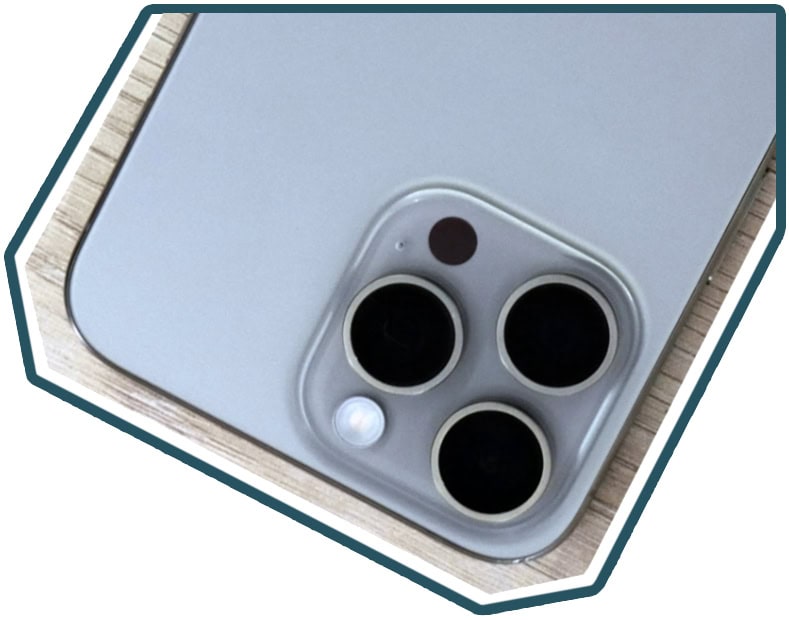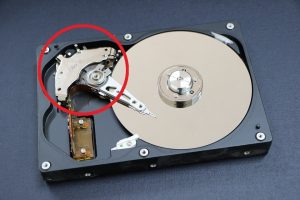Do you know what connects a scientist from the past with your mobile phone?

Did you know that your mobile phone and your favourite headphones would not exist without the discoveries of the 19th century? Magnets, though often inconspicuous, play a huge role in our daily lives.
Their extraordinary power and use in technology has allowed us to take photos, listen to music or navigate with an accuracy that our ancestors never even dreamed of. Read on to find out how one scientific discovery became the basis of modern electronics.
Michael Faraday and his revolutionary discoveries

Michael Faraday was a British scientist who fell in love with the mysterious power of magnetism. In the first half of the 19th century, he discovered that magnets and electricity are like connected siblings – when one moves, the other reacts to it. As a result, he figured out how to create an electric current using a magnet, which became the basis for modern motors and generators. Faraday also came up with the idea of field lines – invisible lines that show how the magnetic field acts in space. These discoveries paved the way for technologies without which life today would be unimaginable – including all those “smart” devices that we always have at hand.
Faraday’s experiments were bold and groundbreaking for their time, and although he had no formal training in science, his ideas changed the world.
Magnets in mobile phones – focusing, navigation, music

Focusing lenses
Your smartphone is packed with technology that most of us don’t even know about. One of their secret ingredients is magnets. When we take pictures, the miniature magnets in the camera play a key role in focusing. The way it works is that the magnets can quickly move the camera lens to the right position, ensuring a crisp and clear image. It’s as if the lens is dancing on a magnetic field until it finds the right “step” to capture the image exactly the way we want it to.
What about navigation?
Today, when you open maps or navigation on your mobile, the device immediately shows you exactly where you are and in which direction to go. How does it work? Modern navigation is a combination of a GPS system and a magnetic sensor that serves as a small compass.
GPS – Positioning
GPS, or Global Positioning System, is a network of satellites that orbit the Earth and constantly transmit signals. Your mobile phone receives these signals and uses them to find out exactly where you are in the world – whether in the city, the forest, or even on a secluded beach. GPS is great for positioning, but it has one catch: it can’t tell which direction you’re facing when standing still.
Magnetic sensor – your compass on your mobile
And this is where the magnetic sensor comes in. This little device in your phone can “feel” the Earth’s magnetic field, much like an old compass. When you open the map and don’t know where to go, the magnetic sensor immediately shows where north is. It’s as if the mobile phone has its own compass that will make sure you always know which direction to take.
How do they work together?
The GPS will tell you exactly where you are. The magnetic sensor, in turn, determines which direction is north, and therefore your landmark. Together, these two technologies form the perfect navigation system: The GPS takes care of the exact location while the magnetic sensor sees to correct orientation. So, when you’re about to hit a hiking trail or walk through city streets, it’s this little magnetic sensor that helps you stay in the right direction.

Speakers & Headphones – music through magnetism
If you love music, you can thank magnets for the sound quality of your headphones and speakers. These devices convert an electrical signal into sound using a coil surrounded by a magnet. When the current passes through the coil, it creates vibrations that are converted into sound waves. So you can enjoy your favourite songs or make calls wherever you are.






